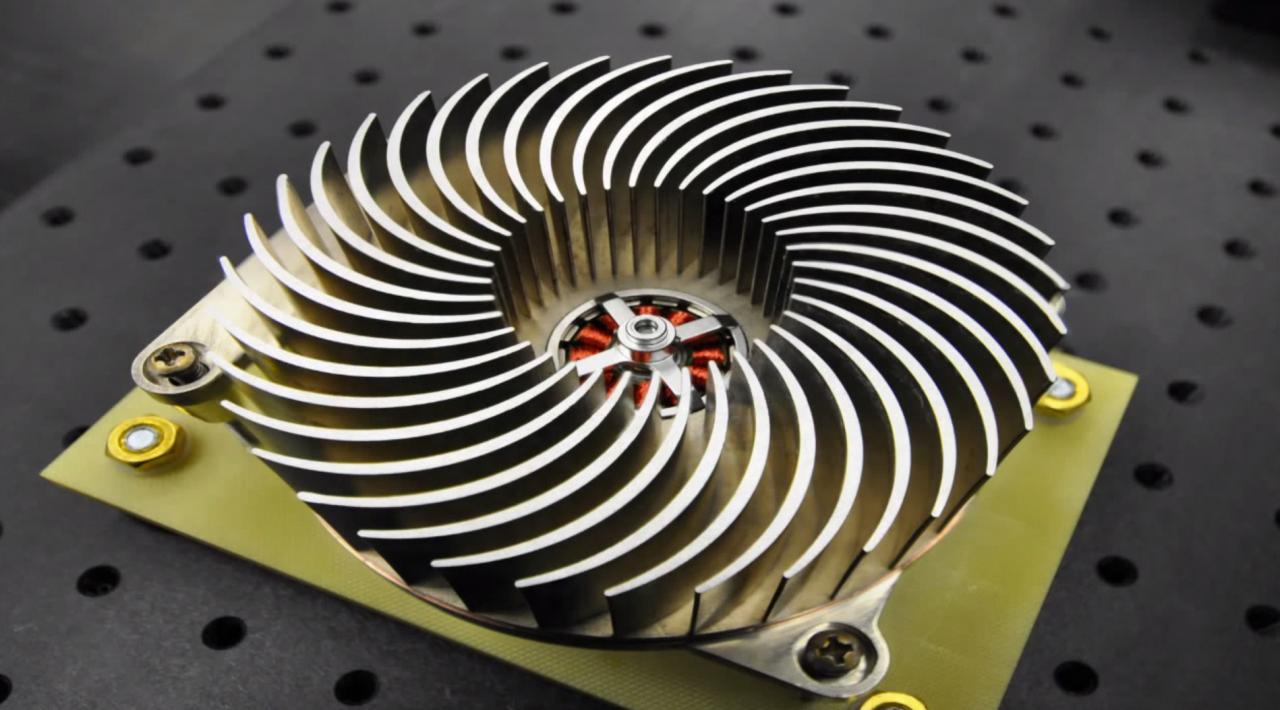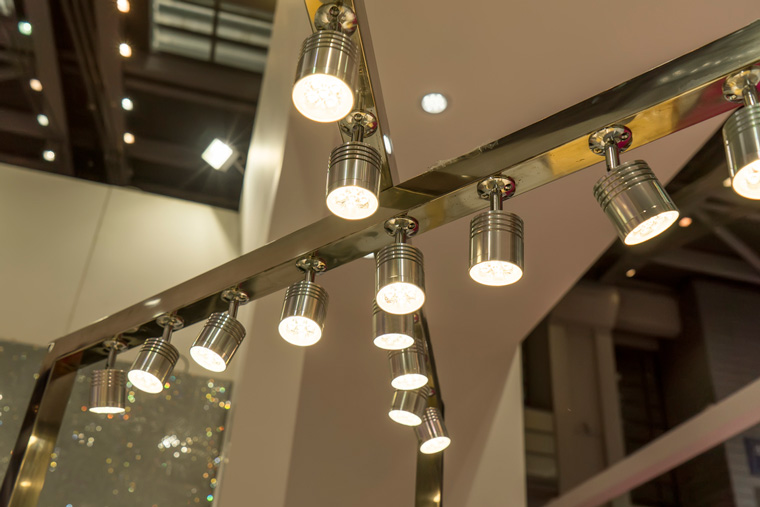
There has been a lot of exciting talk about AC LEDs. The ability to bypass costly AC to DC LED drivers, reduce systems size and cost, all while still providing leading edge light quality is an attractive proposition for luminaire manufacturers, lighting designers and specifiers. In the past, however, there have been necessary sacrifices in order to reap these benefits. But, recent advances have made this technology a winning proposition. By using AC to directly drive the LED light source, the system will greatly simplify the application programs, making the system reach 90 percent efficiency. Let’s explore this.
The Technology
As you may know, in conventional LED lights a driver is required to provide a regulated constant voltage or current to the LED light engine. However, the converter circuit not only increases costs but also shortens the lifespan of the LED lights. In the report, Solid-State Lighting Product Quality Initiative, by the DOE and Next Generation Lighting Industry Alliance, drivers are responsible for a 52 percent failure rate of the luminaires tested.
However, AC LEDs can be connected directly to 120V or 230V line voltage and do not require a driver. The sinusoidal waveform circuit means that at each particular time half the LEDs are off while the other half is on, emitting light. This stage is reversed and repeated continually, producing a constant stream of light.[1]
With AC, power is transmitted and used much more efficiently. Basically, by putting LEDs directly on the end without having to include complex electronics to convert AC back into DC, the power is distributed efficiently and delivered more effectively without intervening electronics.
Eliminating the Driver
A LED driver is a power module to generate the voltage or current to driver LED module from AC mains. However, an AC LED doesn’t need to have LED driver. Let me explain. By eliminating the LED driver and operating the light source from direct mains voltages (120VAC/60Hz in the US and 240VAC/50Hz in the Eurozone) the system is more reliable, it offers greater design flexibility and the failure rate is lessened.
The thermal management requirements are slightly reduced as drivers are not efficient and generate excess system heat as a result. An additional benefit of the removal of the external driver is space saving and weight. A typical 20-watt LED driver takes up nine cubic inches of space and often requires an enclosure or junction box of some kind for agency approvals.
Additional Advantages
- AC driven without converter or driver
- Simplified circuit design
- No conversion loss
- Reduced costs
- No lifespan reduction by secondary components
- Dimming available
- No power supply to clog thermal path
With the introduction of LED modules with a driver IC integrated for current control that is designed to be used in any 24V system and AC LED modules that allow LEDs to be driven from direct 120V AC without using any capacitors, coils or resistors, manufacturers don’t have to give up anything but cost and complexity.
Thermal Management
When designing with a direct AC input LED light source the design does not need to accommodate the driver but still must properly manage the thermal requirements and optical outputs. In many cases the existing luminaire will have adequate exposed surface area to the ambient to afford a much smaller heatsink or allow for the elimination of one altogether. As a rule of thumb, four exposed square inches of surface area to ambient per watt is all a system needs to keep the operating temperature in the safe and optimal range. This allows for lower profile fixtures such as wall sconces, four and six inch down lights, track light heads and pendant mount luminaires.
In a research paper, “Issues of Thermal Testing of AC LEDs,” the authors provide an excellent description of thermal management with AC LEDs. According to the paper, in the case of AC driven LEDs the sinusoidal AC mains voltage results in a periodic waveform of the actual heating power, after an initial transitional period while heating up the LED junctions. Once the shapes of the waveforms of the heating power and the junction temperature do not change any more we can say that the AC LED is in a stationary state. As our systems are nearly linear in the thermal domain the thermally stationary situation can be treated similarly.[2]
Dimming Challenges
An important element of AC LEDs is the dimming feature, which is compatible with phase-cut dimmers. A good dimming system should only lower the light output without sacrificing the color accuracy, unless that is the manufacturer’s desired result. A dimming rate of two percent is ideal, however it is not easily achieved, resulting in the CCT going from 4000K to 2000K. A more realistic dimming rate is five to 10 percent. However, while dimming performance varies significantly across many types of commercially available LED sources, less-than-ideal behavior shows up most frequently when integral LED replacement lamps are installed on circuits controlled by phase-cut dimmers.
It’s important to remember that dimming problems are not caused by any shortcomings of SSL technology. Rather, they’re due to the fact that almost all of the existing dimmers in this country were designed for traditional lighting fixtures. Nearly the entire installed base of traditional line-voltage (phase-cut) dimming controls was designed for incandescent light sources. There can be compatibility issues between these controls and an LED light source’s driver. That said, well-designed SSL products will work with existing dimming control systems without adding unwanted flickering. Additionally, there are also many dimmers designed for specifically for LED products and are currently on the market.
Light Flickering
One of the main drawbacks of the AC LED is light flicker. Because it is directly driven by AC line voltage, which oscillates at 60Hz (or 50Hz), the AC LED produces light flicker at twice the frequency of the AC line frequency (e.g., 120Hz in North America). According to past research, even the perception of light flicker is undesirable in lighting applications.
Studies have linked flicker to health problems. So, even though flicker at these frequencies may not be visible to the naked eye, there is evidence that the human brain can detect light flicker frequencies as high as 200Hz. Potential problems include headaches, eye strain, impaired visual performance or, in extreme cases, epileptic seizure.
The ENERGY STAR requirement for lamps, due to go into effect Sept. 30, 2014, specifies that the highest percent flicker and highest flicker index be reported, but does not specify a maximum allowable limit for either.[3]
In a lighting system, a good solution should reduce light flicker without sacrificing power factor and power efficiency. But what is a good solution to this problem? One is to add components that will shorten the “off” time. Another is engineering a circuit board that uses a separate AC power and control signal. Unfortunately, it’s difficult to define the “safe” amount of flicker to the overall population because it’s perceived as a matter of human recognition.
Ready for Prime Time
There is no longer the need to sacrifice power factor, luminous efficiency, or light quality to gain the benefits of using AC LED lighting technology. These lights are a compelling platform for retrofit lamps, architectural and landscape lighting and other general lighting applications. This technology offers tremendous benefits over more traditional DC LED lights.



